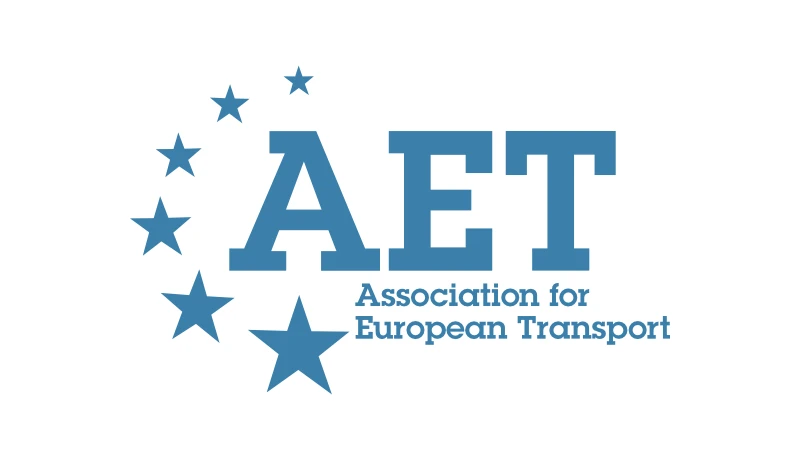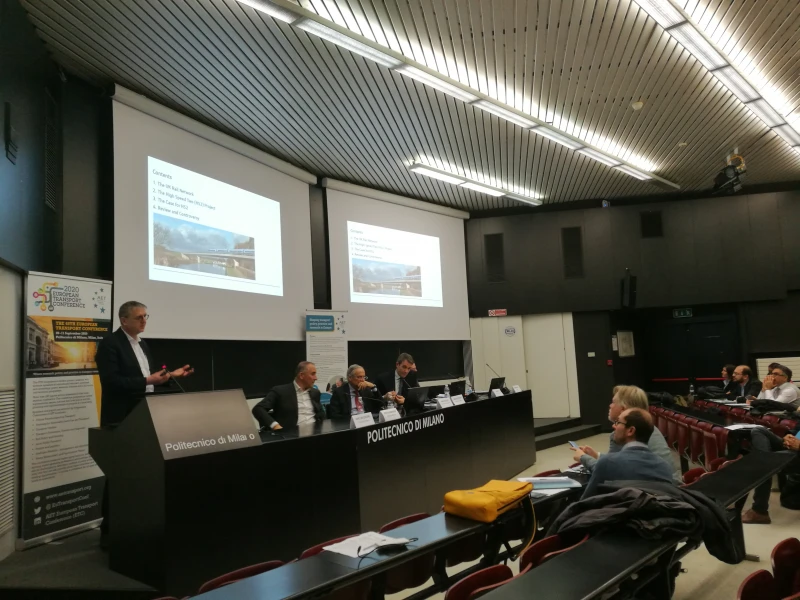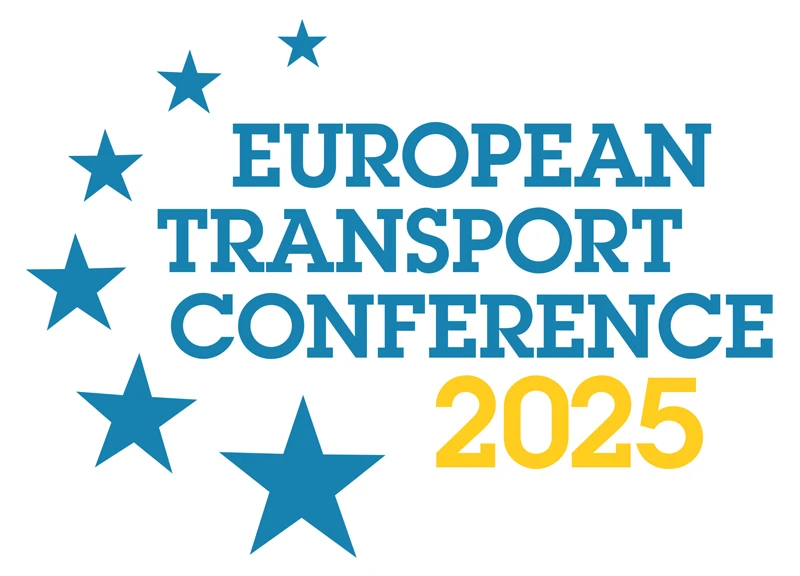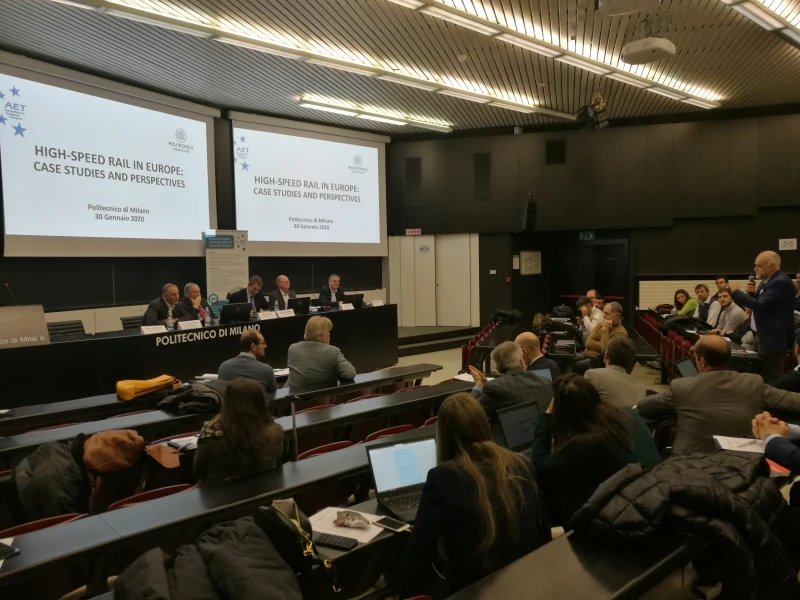-
Past ETC Papers
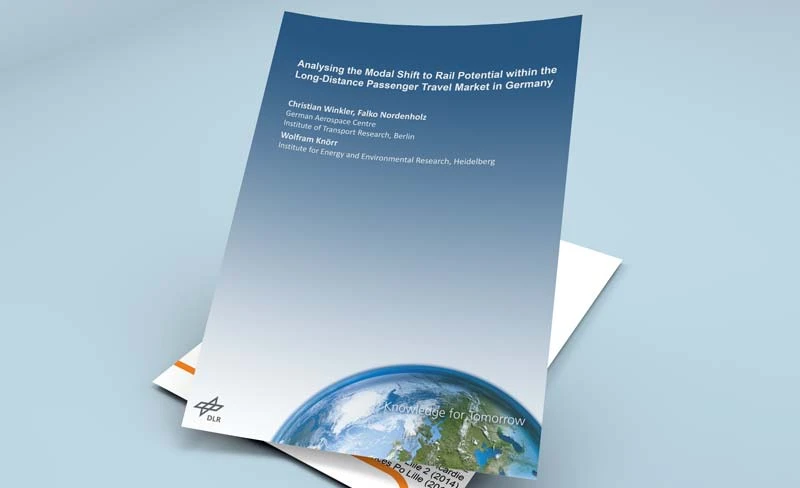
Browse, search and view papers from the past AET Conferences.
-
Members' Area

AET promotes networking and exchange of ideas, information and opportunities amongst members.
Conference Papers 2023
Milan, Italy
ETC Conference Papers 2023
A CO2 ceiling for aviation by means of airport capacity restrictions
Seminar
Day 2 (7 Sep 2023), Session 6, Environmental, Wellbeing, Equality and Transit Case Study, 14:30 - 16:00
Status
Accepted, documents submitted
Submitted by / Abstract owner
Louis Leestemaker
Authors
Louis Leestemaker (CE Delft)
Stefan Grebe (CE Delft)
Short abstract
CO2 emission reduction targets for aviation can be made enforceable with CO2 ceilings per airport, which would make airports responsible for CO2 emissions of departing flights. This paper explores the advantages and disadvantages of this instrument.
Abstract
Aviation is responsible for a significant share of transport CO2 emissions. Furthermore, emission levels have been rising significantly in the last decades. Due to the international nature of the sector, aviation is largely excluded from national decarbonization policies. The European Fit-for-55 package is an important step towards more climate policy for aviation. However, there still is no policy instrument that ensures absolute in-sector emission reductions in the aviation sector. Ideally, additional policy is made on an international level. However, it is unlikely that such policy is agreed on in the near future.
Individual countries can take responsibility for their emissions by formulating national CO2 emission reduction targets and implementing policy to ensure that the targets are met.
The Netherlands has committed itself to such targets: CO2 emissions of international aviation need to be reduced to zero in 2070, with intermediate targets in 2030 and 2050. All emissions of international flights departing the Netherlands are within the scope and offsetting of emissions is not allowed. There is political agreement to make the aviation sector responsible to meet the emission reduction targets by means of a “CO¬2 ceiling”. So far, the Dutch government is the only country that is developing such a national CO2 ceiling for aviation.
There are different ways to implement such a CO2 ceiling. An important aspect of the instrument is the choice of regulated entity. In the Netherlands, three options were considered: 1) to make airports responsible for the CO2 emissions of departing flights; 2) to maximize the amount of fossil kerosene that fuel suppliers are allowed to sell to airlines; and 3) to implement a national emissions trading system (ETS) for airlines.
The legal analysis of the Dutch transport ministry shows that CO2 ceilings per airport are the only feasible option from a legal perspective. Furthermore, the impact assessment of the different CO2 ceiling options by CE Delft shows that this is an effective policy option to guarantee that the CO2 emission reduction targets are met. In this paper, we discuss the advantages and disadvantages of CO2-ceilings per airport in detail.
The main lever which airports can use to limit the CO2 emissions is the airport capacity. Therefore, airports would be expected to forecast the expected CO2 emissions of departing flights and, if CO2 emissions are expected to surpass the ceiling, limit the amount of take-offs for upcoming IATA seasons.
Restricting the CO2 emissions in this way has a number of benefits: most importantly, it is reasonably simple to implement and it is similar to existing noise and air pollution limits. And, as mentioned above, it is currently the only feasible option for EU member states to regulate the absolute CO2 emissions of international flights for the whole flight duration.
There are also disadvantages of regulating CO2 emissions through airport capacities. First of all, airports are not able to influence the choice of destination, aircraft and fuel type by airlines. If airlines would respond to a capacity restriction with a shift to larger aircraft or further destinations (both leading to higher CO2 emissions per flight), the intended emission reduction might not be achieved. Secondly, the instrument creates a collective incentive: if one airline invests in emission reduction measures, all airlines benefit from extra airport capacity. This would in most cases lead to a so called “prisoners dilemma”, which is likely to limit the willingness of airlines to invest in sustainable innovation. Another point of concern is that there may be significant leakage of CO2 emissions to other airports, to other transport modes and to other EU ETS sectors. In this paper we argue that these disadvantages can mostly be avoided with a clever implementation of the instrument as well as additional policy to supplement the CO2 ceiling.
We conclude that a CO2 ceiling per airport is not a perfect instrument; it has advantages as well as disadvantaged. However, it is the only available option to enforce national emission targets that is compatible with existing EU regulation. Therefore, CO2 ceilings per airport are a useful addition to the toolbox of policies that individual EU Member States can utilize to decarbonize the aviation sector.
Programme committee
Aviation
Topic
Regulatory issues – impacts of national and international legislation on infrastructure and services
Documents:

Association For
European Transport
Forester House
Doctors Lane
Henley-in-Arden
Warwickshire, UK
B95 5AW
+44 (0) 15 64 793552
VAT number: 710 1866 64
Conference Supporters & Endorsers




Legal Entity
The Association for European Transport is registered as an Association ('vereniging') with the Chamber of Commerce for Haaglanden in The Netherlands under company number 27170096.
Built on Zenario

